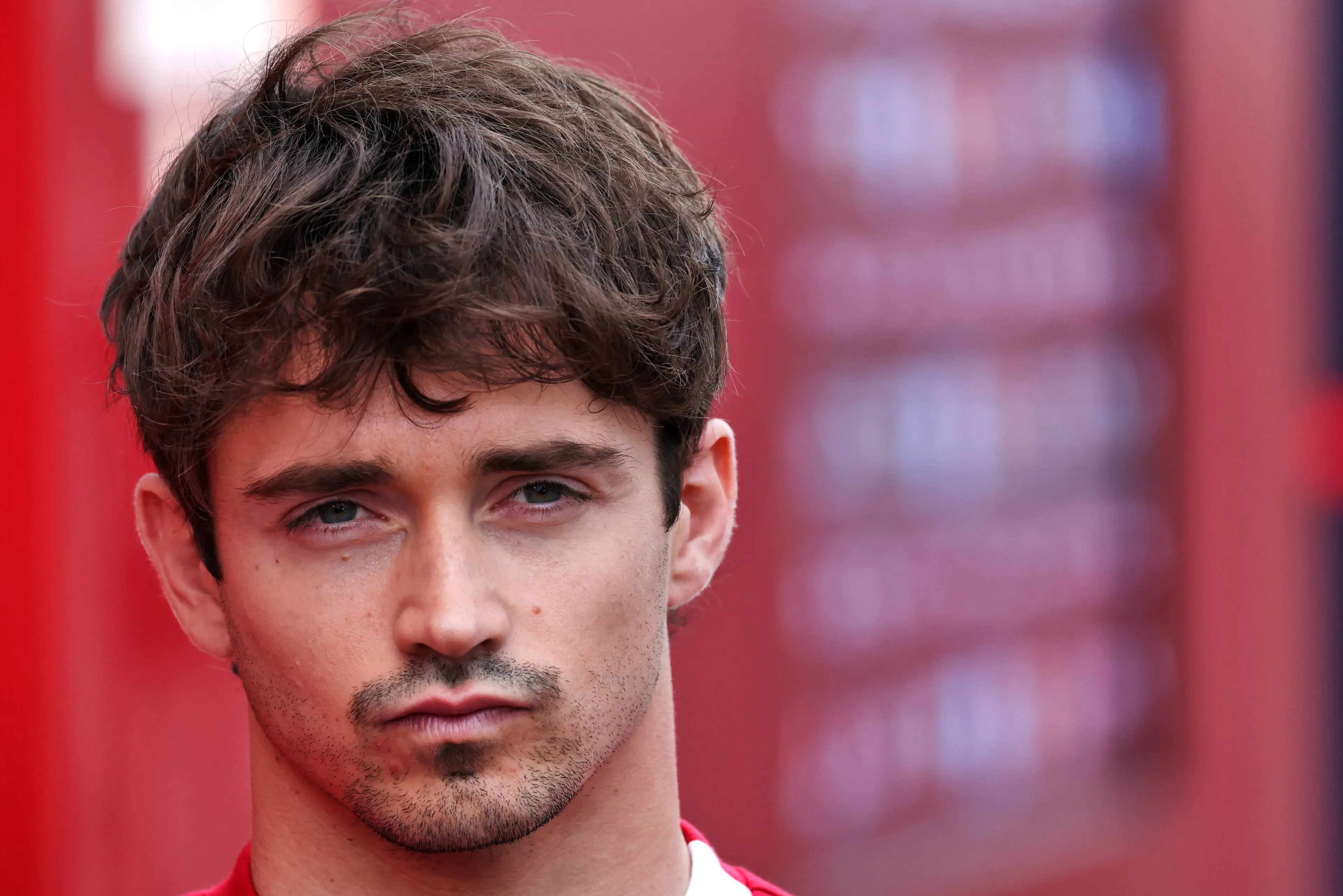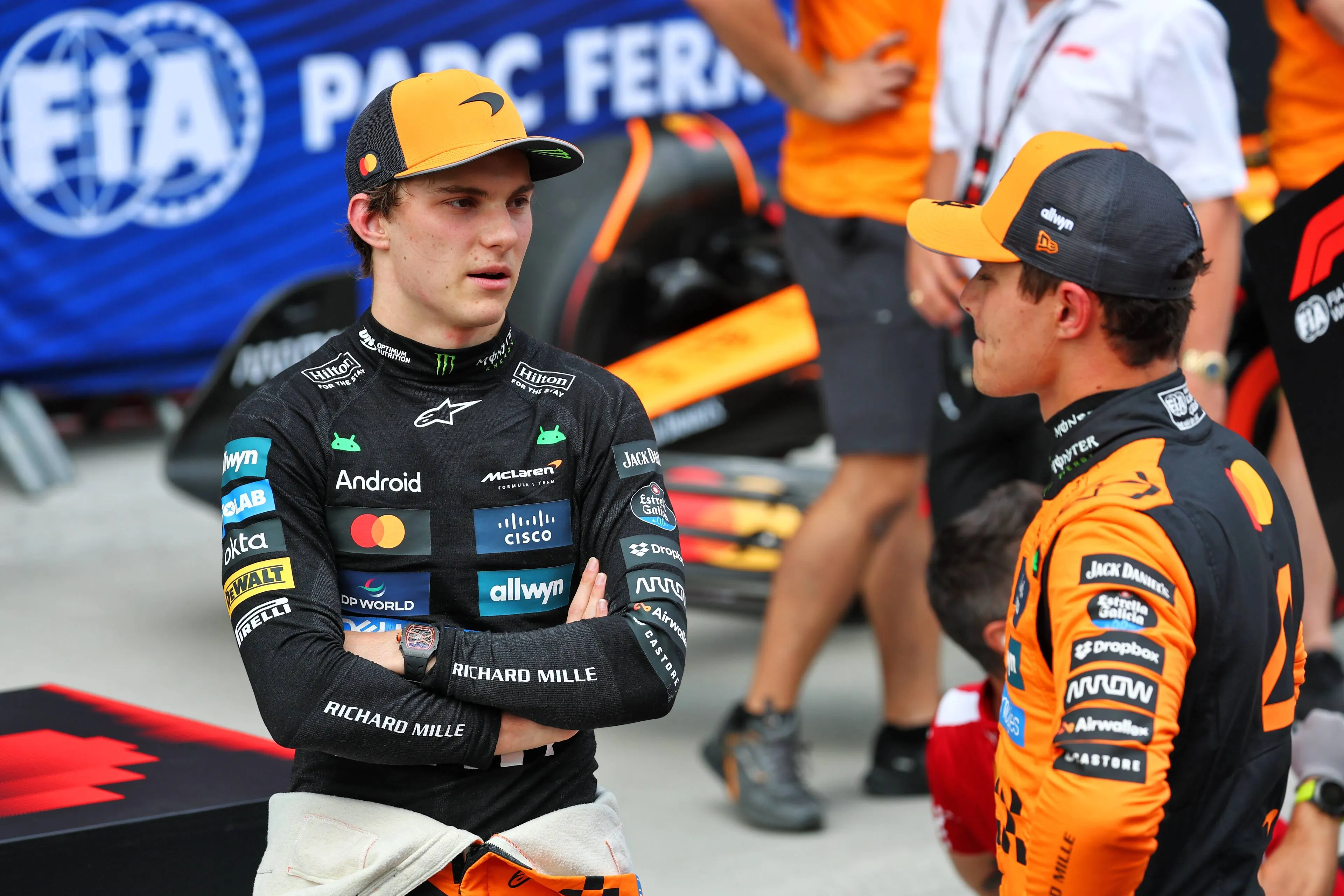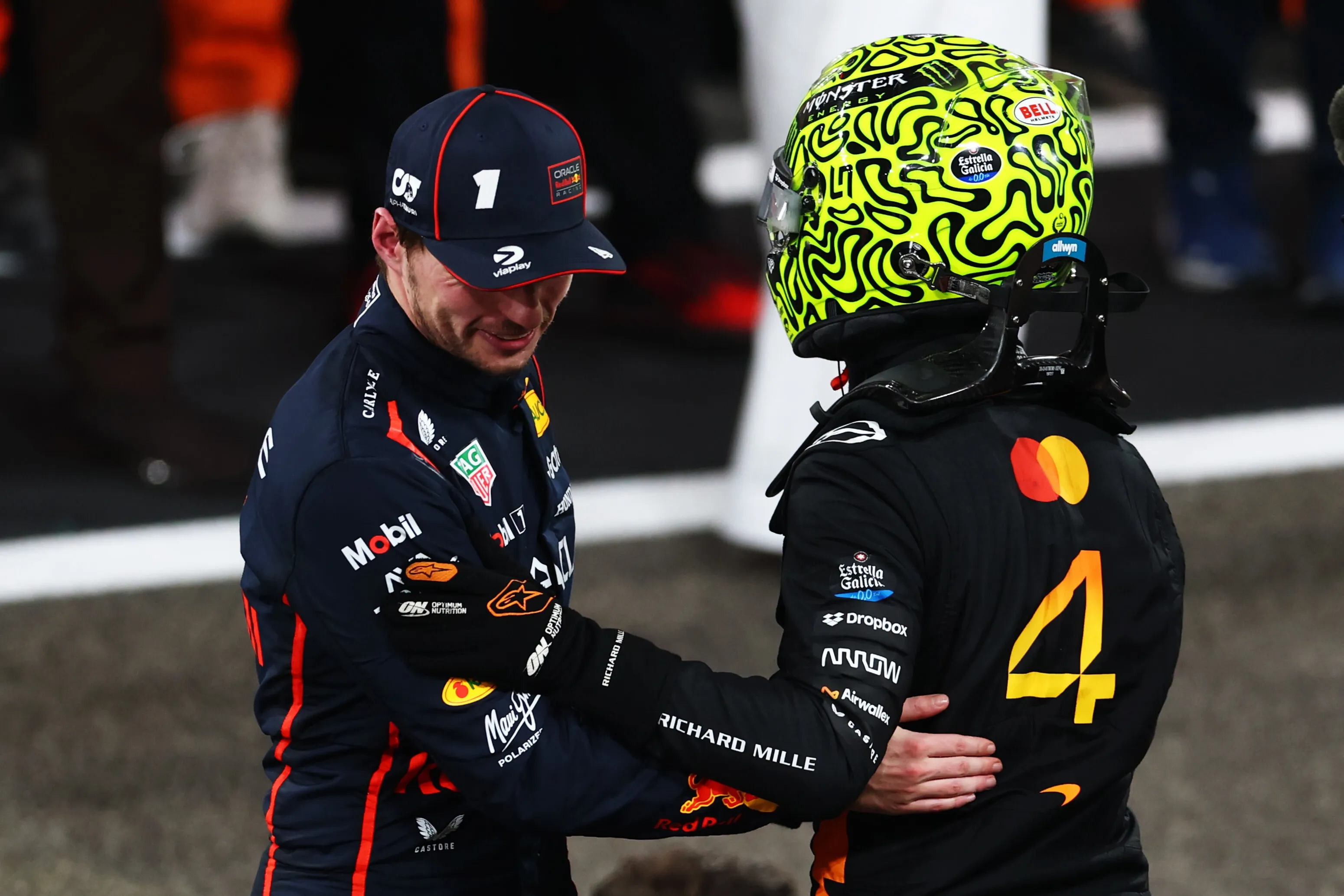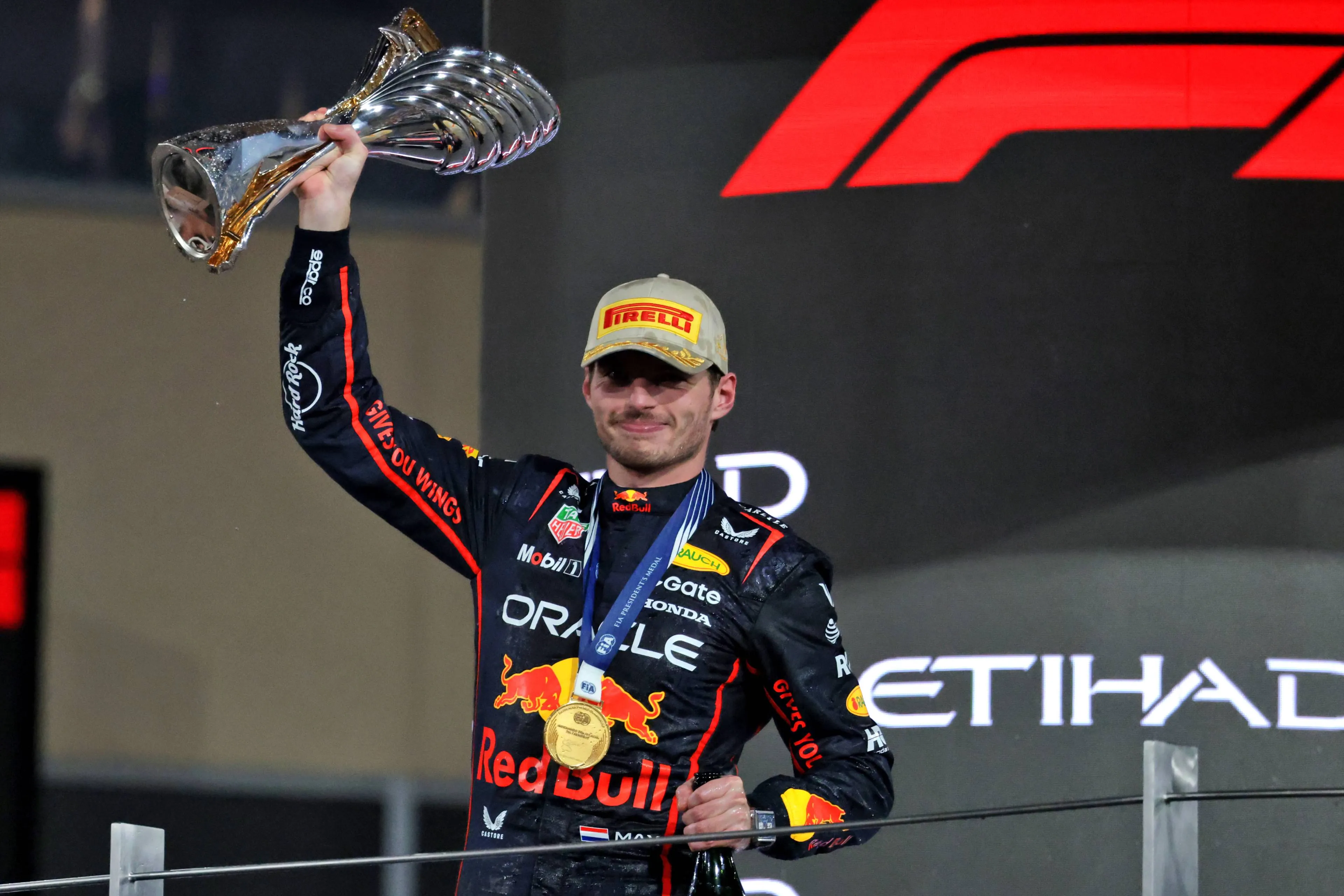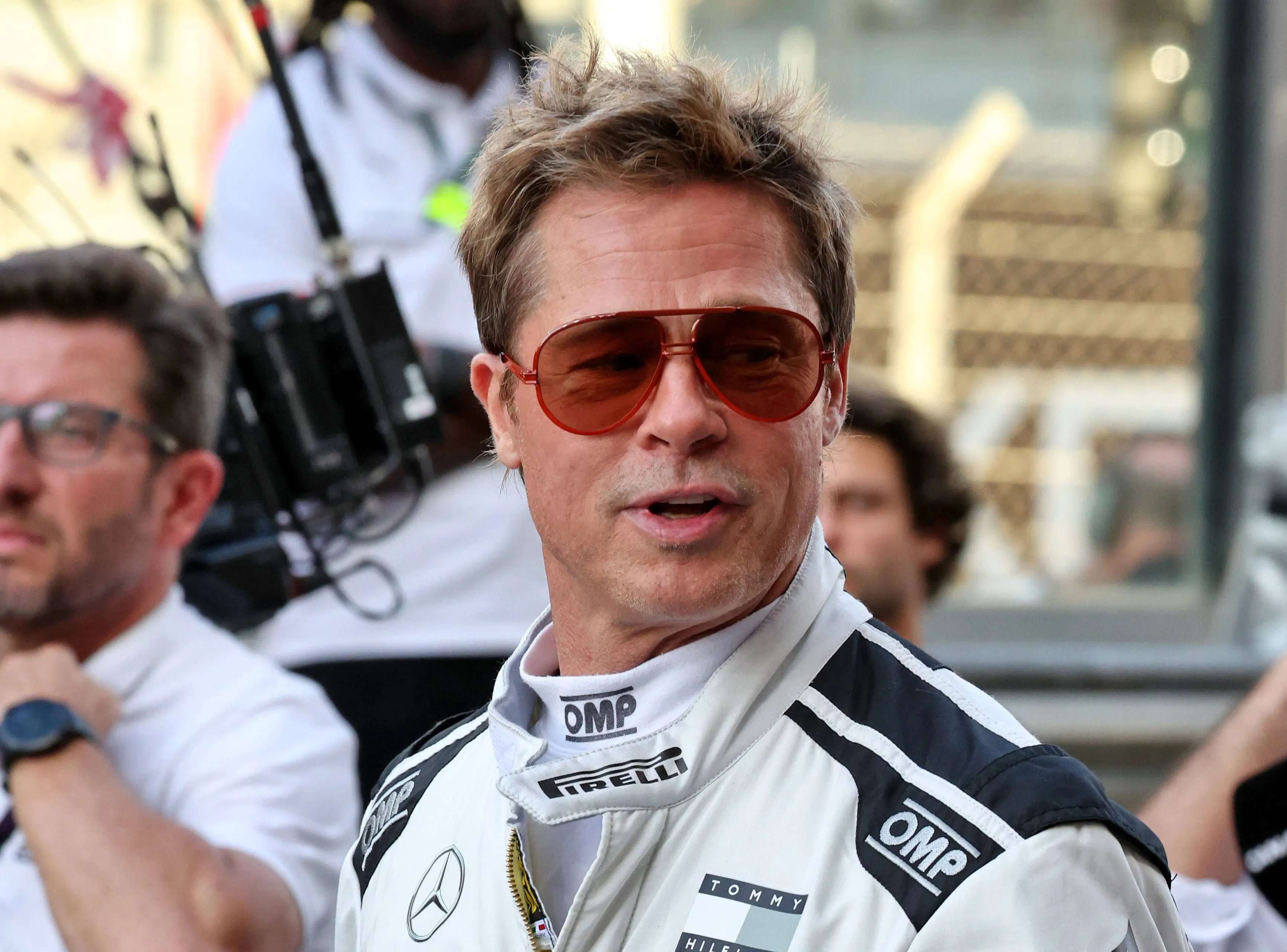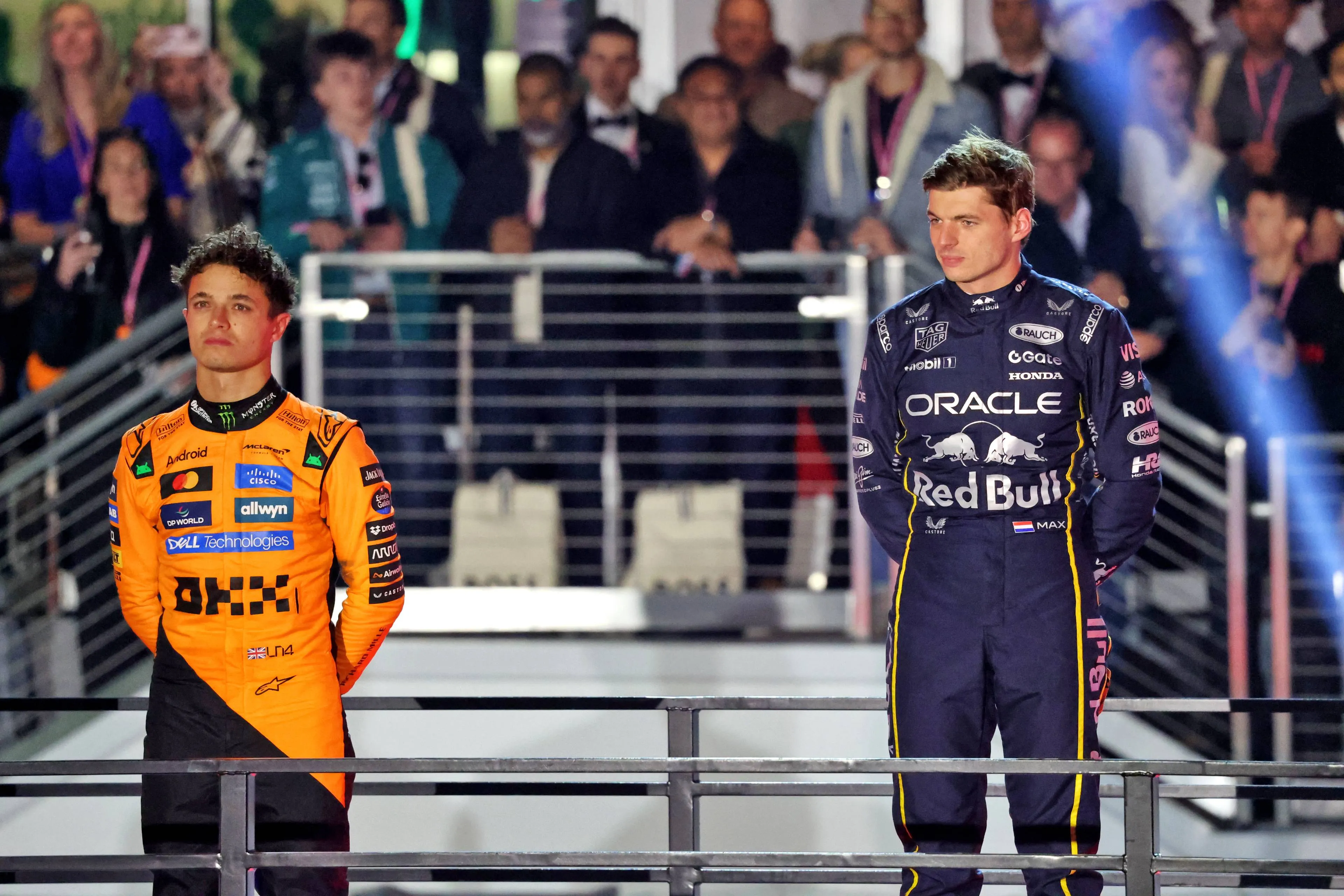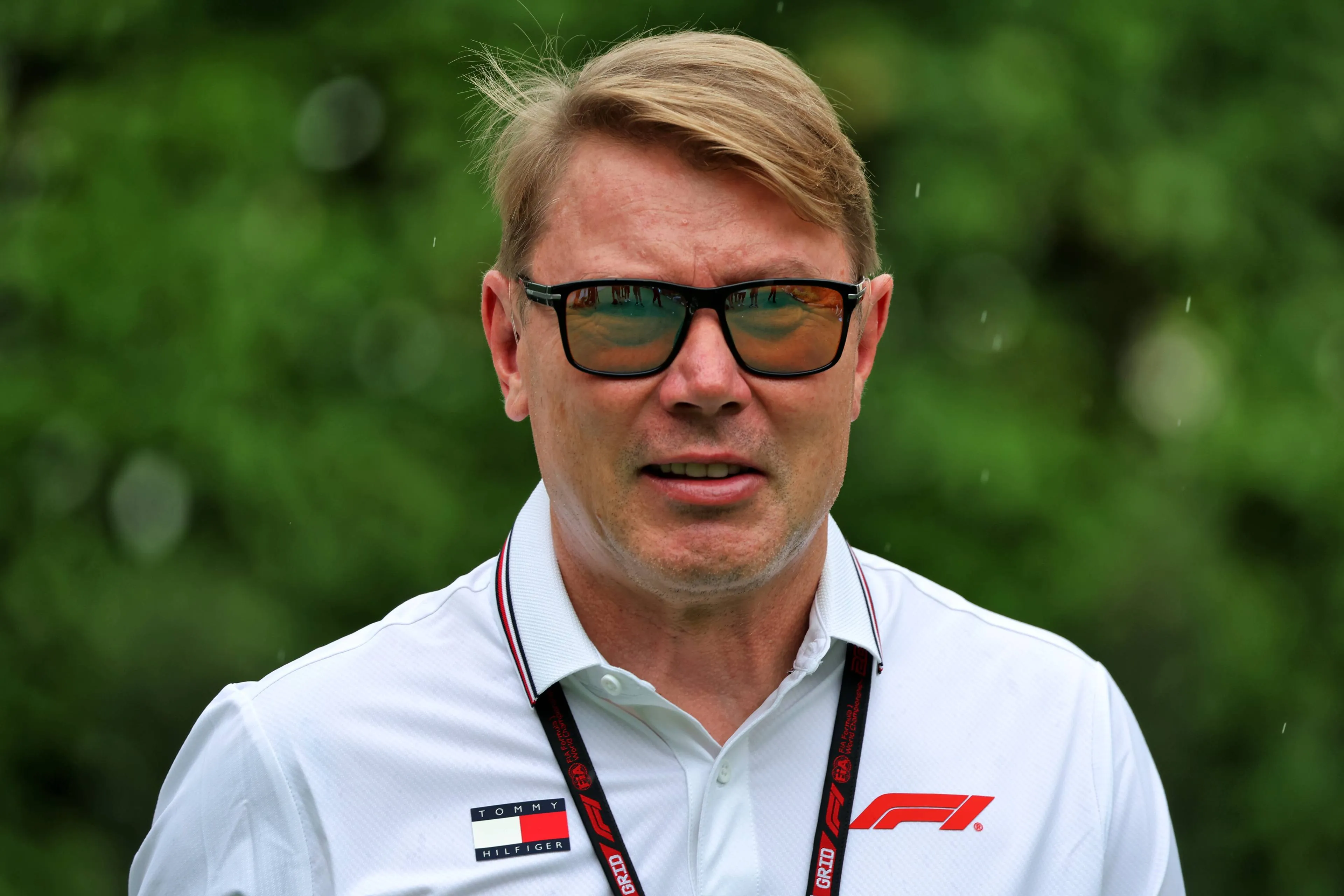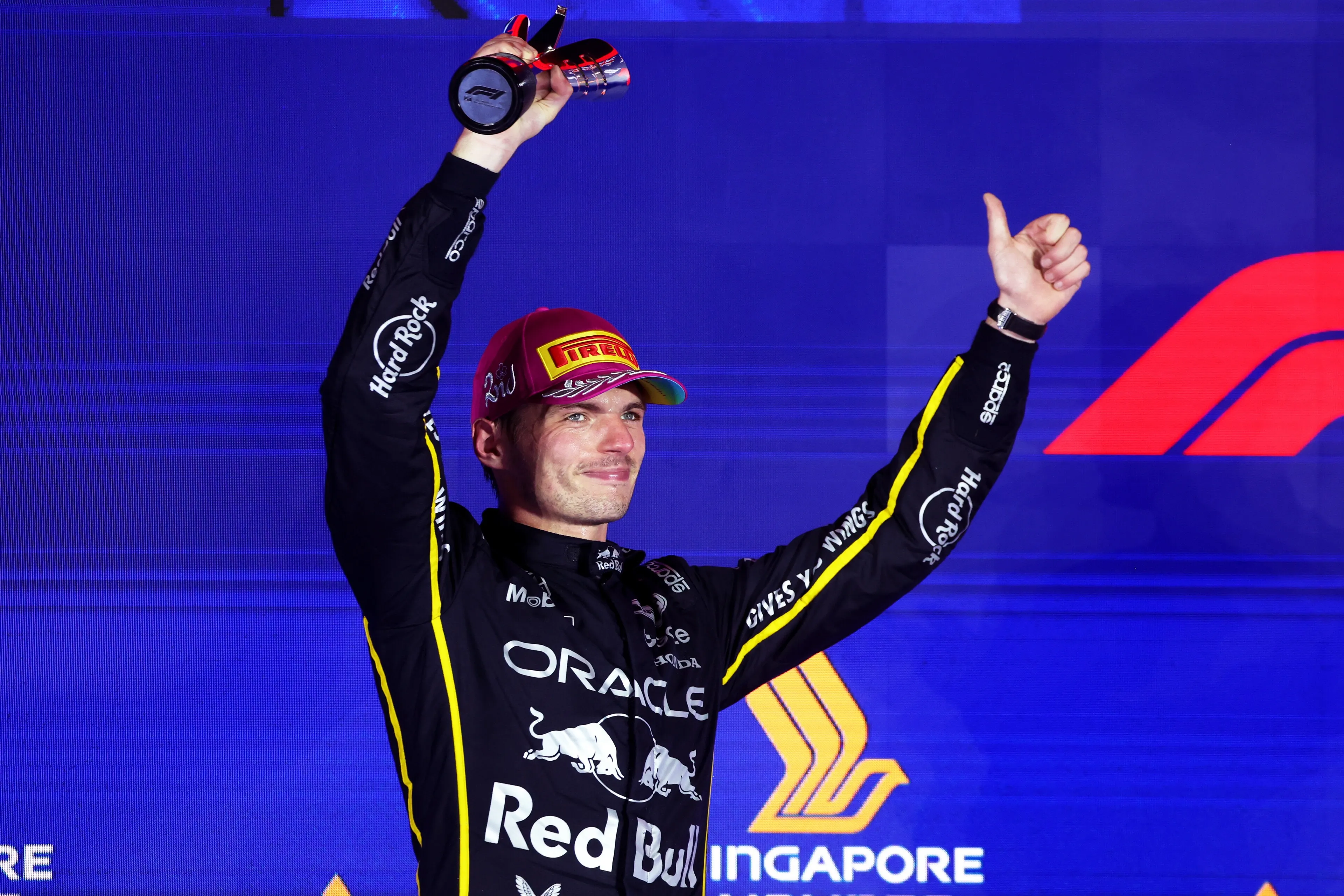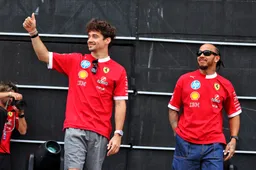Ex-F1 driver isn't buying what Ferrari's selling: 'It smells like appeasement'
18:42, 18 Aug 2025
1 Comments
Charles Leclerc’s Hungarian Grand Prix unravelled after his second pit stop, with lap times dropping by up to two seconds compared to rivals. Ferrari cited a chassis issue as the reason, but Christian Danner told Motorsport-Magazin.com he is not convinced by the team’s explanation.
“You leave it up to the spectator to consider: how far does the chassis go? You can interpret everything except the engine as a chassis,” the former F1 driver said.
“It seems like appeasement. It’s very unlikely that a chassis will suffer such damage from a pit stop that you drive two seconds slower.”
Expert points to Ferrari’s ride height issues
Instead, Danner suspects Ferrari may have set Leclerc’s car too low, echoing a theory also raised by George Russell.
To prevent further problems, the team may have been forced to raise the car’s ride height by inflating the tyres with extra air pressure, a change that would reduce downforce and performance.
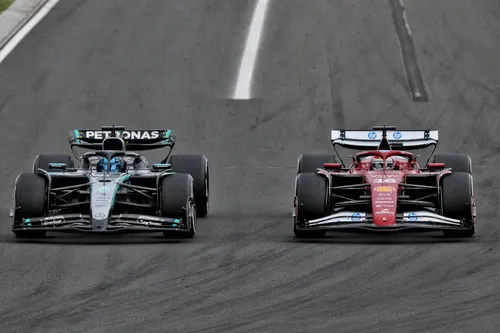
George Russell and Charles Leclerc in Hungary
Ferrari’s call for Leclerc to ease off on corner entry could have been aimed at protecting the titanium plank from become overly worn as most of the wear occurs when the car is at its quickest down the straightaway.
“Of course, I also ruled out the moment when the car compresses the worst,” Danner explained. “Please don’t bottom out, otherwise we will be disqualified again.”
'The SF-25 only behaves smoothly when close to the ground'
Ferrari’s struggles with the SF-25's ride height have been evident since earlier technical setbacks which prompted their disqualification in China.
Danner believes this remains the Scuderia’s Achilles’ heel. “It only runs smoothly if you drive low.
"And that’s why you have to try to get it done somehow, even if it’s difficult,” he concluded.
Previously, the German had spoken about Leclerc being trapped at Ferrari. With frustration mounting, the Monegasque seems to have no other options.
Read also
Read more about:
Popular on GPBlog
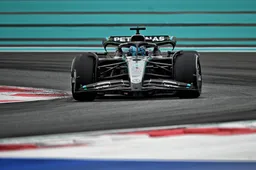
1
Two F1 teams kickstart year with new logos for the 2026 season
2866 times read

2
Happy New Year! GPblog wishes everyone a healthy and happy 2026!
2235 times read
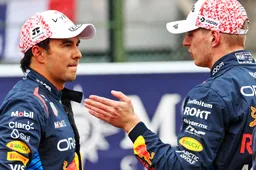
3
Verstappen delivers on 2025 promise with helmet gift for Sergio Perez
2179 times read

4
Kelly Piquet celebrates New Year with new photos of Verstappen with Lily
1439 times read
Loading
